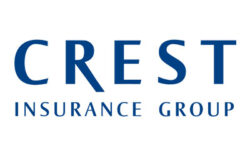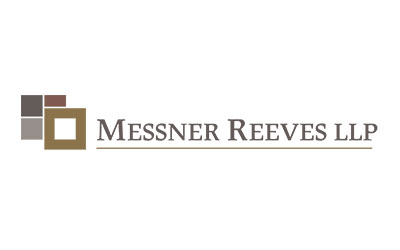Sponsored by our partners at Pinnacol Assurance
CDC ventilation guidance The CDC notes that these 10 interventions can reduce the risk of exposure to the virus and spread of disease, but they will not completely eliminate risk.
1. Introduce more outdoor air indoors by:
- Setting outdoor air dampers above minimum settings to decrease HVAC air recirculation.
- Opening windows and doors safely. Remain mindful of the risks of falling or of triggering symptoms of asthma when pollen counts are high.
2. Employ fans to boost the effectiveness of the open windows. Position them so that contaminated air will not flow from one person to another. Window fans can exhaust room air to the outdoors. Gable fans and roof ventilators are options in bigger facilities.
3. Check that ventilation systems operate correctly and supply adequate indoor air quality for current occupancy levels of all spaces, which may have changed with the easing of COVID-19 restrictions.
4. Rebalance or readjust the HVAC system to increase airflow to occupied spaces.
5. Shut off demand-controlled ventilation controls, which can reduce air supply based on temperature or occupancy when you are in the office. If you can control your HVAC fan through the thermostat, put the fan in the “on” position rather than the “auto” position to keep the fan working even when the air conditioning is off.
6. Check that restroom exhaust fans are operating when the building is occupied.
7. Inspect, maintain and operate exhaust ventilation systems in areas such as kitchens and cooking areas when the building is occupied.
8. Look into supplemental air cleaners:
- Portable high-efficiency particulate air (HEPA) fan/filtration systems can provide additional air cleaning, especially in higher-risk settings.
- Ultraviolet germicidal irradiation can inactivate SARS-CoV-2, which could be useful when options for increasing room ventilation and filtration are limited.
9. Run the HVAC system in non-residential settings at maximum outside airflow for two hours before people enter the building and for two hours after they leave for the day.
10. Improve central air filtration by:
- Increasing air filter efficiency by using MERV-13 filters or filters with the highest MERV rating compatible with the HVAC system.
- Prior to changing the filters, ensuring HVAC systems can handle filter upgrades without negative impacts to pressure differentials and/or airflow rates.
- Verifying air filters are properly sized.
- Using air filters within their recommended service life.
- Inspecting housing and racks for the right fit. Air should flow through, not around, the filter.
Have questions about the CDC ventilation guidance or other COVID-19 mitigation strategies? Contact a Pinnacol safety consultant to learn more.














